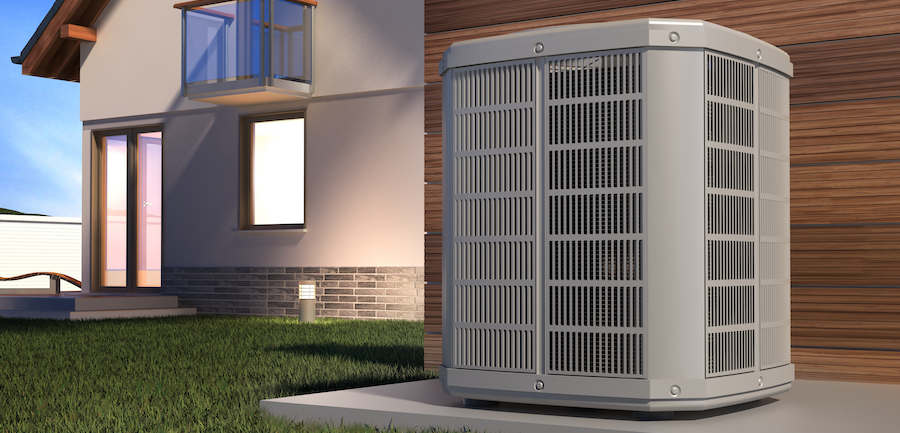
The government is providing funding for low-carbon heat pumps as part of its quest to reduce reliance on fossil fuels. But what exactly are they? Let’s find out more.
Heat pumps are the latest hot topic in the energy industry after the UK government laid out plans to get them into 90,000 homes across the country. The government considers heat pumps to be a crucial part of the drive to reduce its need for fossil fuels and get to carbon net-zero – and it’s putting its money where its mouth is.
In this article, we’ll examine the news more closely. We’ll also look at how heat pumps work and how they can help lower the country’s carbon footprint. Finally, we’ll also look at the challenges that lay ahead if heat pumps are to become the norm.
Funding for heat pumps
In October 2021, the UK government announced plans to give 90,000 homeowners £5,000 grants to pay for the installation of heat pumps in their homes. This rollout will take place over the next three years. The cost of this scheme to the government will be £450 million.
Heat pumps will take the place of gas boilers – the most popular way of heating Britain’s homes. Currently, around 85% of homes in the UK use gas boilers. During the announcement, the government also revealed a ban on installing gas boilers in new-build houses from 2025. Then, gas boilers would be completely phased out from UK homes by 2035.
The government also announced extra funding for decarbonised heating in social housing and support for other types of low-carbon heating, including hydrogen and district heating.
Now we know that we’re getting them, let’s look at what heat pumps are.
What are heat pumps?
Heat pumps are machines installed outside your home with pipes that enter your home. They extract warmth from the air, then magnify the heat and transmit it through the pipes and into the house. In that way, they are the opposite of a refrigerator. You use them to keep your home at a steady warm temperature, rather than blast away the cold as you may do with a gas boiler.
As well as warming your home when it’s cold, you can use heat pumps in the same way as air conditioner units – to cool your home down when it’s hot. You can also get heat pumps that source heat from the ground. Heat pumps are very popular in the Nordics.
The government believes that heat pumps are necessary because the country’s reliance on fossil fuels to heat its homes is too much of a pollutant. The fossil fuels used to create the energy we use in the home for heating, hot water and cooking make up around 20% of the UK’s carbon output. So, it’s time for a change.
The price of getting a heat pump installed starts at around £6,000 (around £10,000 for a ground source heat pump). The government is pledging to put £5,000 to the cost of each heat pump, at least up to the first 90,000 units. It’s also thought that as heat pumps gain traction and become more in demand, the price will come down.
Drawbacks to heat pumps
While the government is happy to put taxpayers’ money behind heat pumps, they are not the perfect solution to our reliance on fossil fuels. There are several drawbacks to heat pumps compared to gas boilers:
- Although you’re not paying as much for gas, you still need electricity to power your heat pump. This could still come from fossil fuels
- The cost of electricity, including carbon taxes and other charges, could make running a heat pump up to 50% more expensive than a gas boiler
- If your gas boiler is working well, ripping it out for a heat pump is a waste, especially when you consider the upfront cost of installation
- Heat pumps are large and bulky, especially if you don’t have outdoor space for them. They can also be noisy (although the quality of heat pumps is improving quickly)
- Your heat pump may be on all year round, compared to gas boilers that you may only use for heating when it’s cold
There is also the opinion that the government funding does not go far enough. The recently announced scheme covers up to 90,000 households in the UK, but around 25 million homes currently use gas boilers. In the 2030s, there may need to be 600,000 heat pump installations each year. It is not clear whether this is even feasible.
Will it work?
It’s great to hear that the government is putting its weight behind new ideas to reduce our reliance on fossil fuels and cut carbon emissions. However, it’s unclear whether there will be much take-up from consumers, especially in these times of volatile energy prices.
A possible remedy could be reallocating carbon taxes and other energy fees away from electricity and back onto gas, which would make heat pumps cheaper to run. However, there has been no announcement on this so far.
We will wait with interest on what happens.
